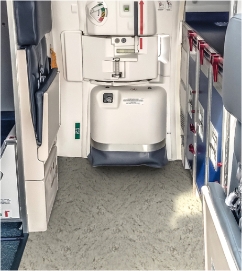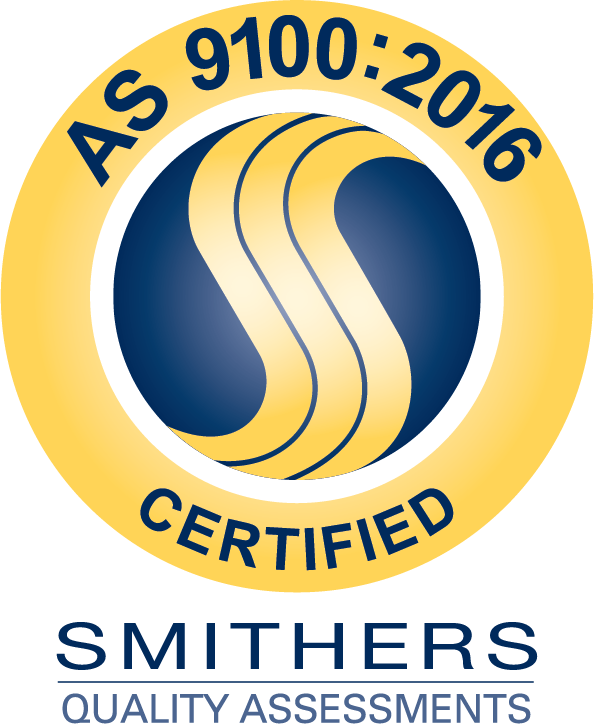>

So What Is NTF Exactly?
Non-textile flooring (NTF) refers to any type of flooring material that is not made from fabric or textile. In the context of aircraft, non-textile flooring materials are commonly used to cover the floors of the cabin, cockpit, and cargo areas. These materials provide a durable and slip-resistant surface for passengers and crew to walk on, while also contributing to the overall safety and aesthetic of the aircraft.
Non-textile flooring materials for aircraft are typically made from a variety of materials, including vinyl, rubber, epoxy, linoleum, and other materials. Each material has its unique properties, advantages, and disadvantages that make it suitable for specific applications and requirements.
Overall, aircraft non-textile flooring materials play an essential role in ensuring the safety and comfort of passengers and crew. They are designed to meet specific aviation requirements and standards, and they contribute to the overall design and aesthetic of the aircraft. Proper installation, maintenance, and care of aircraft non-textile flooring materials are critical to ensure their longevity and performance over time.
The Benefits of NTFs for Aircraft
There are several benefits to using aircraft non-textile flooring materials. These flexible flooring options help to maintain the appearance and attractiveness of your aircraft for years to come. Let’s take a look at the primary benefits of NTF for aircraft.
Durability
NTF materials are designed to be durable and resistant to wear and tear. They can withstand heavy foot traffic and exposure to chemicals and other substances, making them ideal for use in aircraft..
Safety
NTFs are typically slip-resistant, which helps to prevent accidents and injuries on the aircraft. They also help to reduce noise levels and provide a stable surface for passengers and crew to walk on.
Customization
Many NTFs are typically slip-resistant, which helps to prevent accidents and injuries on the aircraft. They also help to reduce noise levels and provide a stable surface for passengers and crew to walk on.
Easy to Clean
Generally easy to clean and maintain, NTFs can be quickly wiped down and disinfected, which is important for maintaining hygiene and preventing the spread of germs and bacteria.
Longevity
Designed to last for a long time, aircraft non-textile flooring reduces the need for frequent replacement and maintenance, reducing costs and downtime for the aircraft.
Environmental Sustainability
Some NTFs for aircraft, such as linoleum, are made from natural and renewable materials, which makes them a more environmentally sustainable option than other flooring materials.
Common Aircraft Non-Textile Flooring Materials
There are various types of non-textile flooring materials used in aircraft, each with its unique characteristics and benefits. Here are some of the most common ones.
1. Vinyl
Vinyl is one of many synthetic materials used as an aircraft flooring material. It is a popular choice because it is lightweight, easy to clean, and available in a wide range of colors, patterns, designs, and finishes. It is also slip-resistant and can be installed in tiles or sheets. Combined with easy maintenance, vinyl is commonly used in the cabin and galley areas of the aircraft.
For all of its combined properties, vinyl is one of the best choices of aircraft non-textile flooring material available today. Its combined resistances, durability, affordability, and aesthetic appeal make it the superior option for many different types of aircraft.
2. Rubber
Along with slip resistance, rubber provides a comfortable walking surface for passengers and crew. Along with vinyl, rubber is a durable and easy to clean material, making it ideal for NTF aircraft purposes.
3. Epoxy
Epoxy is one of the most durable NTF materials on the market. Due to its high durability, epoxy is commonly used in cargo areas where containers and other luggage can cause heavy wear over time. Epoxy is also resistant to chemicals, abrasives, and stains. It can be installed or poured in place and provides a smooth, easy-to-clean surface.
4. Linoleum
Linoleum is an environmentally friendly NTF material that is made from natural materials such as linseed oil and wood flour. It is also durable and scratch-resistant, providing a long-term flooring solution that is easy to clean.
Advanced Flexible Materials Like Nexflor and Durug Are Changing the Game
Nexflor and Durug are types of aircraft non-textile flooring materials that are designed specifically for use in aircraft. Made from a unique blend of materials that make them a flexible flooring solution for different aircraft applications, Nexflor and Durug performance flooring are highly durable, easy-to-clean, anti-static flooring options for today’s modern jetliners.
Nexflor is one of the lightest NTF materials available, which helps to reduce the overall weight of the aircraft. This, in turn, can lead to fuel savings and lower operating costs. As a high-performance flooring solution, Nexflor is ideal for use in high-traffic areas, where its unique properties make it highly resistant to scuffs, scratches, and stains.
Durug Performance Flooring is a state-of-the-art flooring system designed specifically for use in aircraft. It is a durable and high-performance flooring solution that provides excellent protection against wear and tear, while also offering superior resistance to water, chemicals, and abrasions, and being conductive to stop static buildup in the cabin of the aircraft. This makes it an ideal choice for commercial and military aircraft, where durability and reliability are of the utmost importance.
Combining all of the best attributes of other NTFs, Nexflor is slip-resistant, easy to clean, and provides an aesthetically pleasing group of colors and patterns to choose from. Nexflor combines flexible materials into a top layer that is backed by resilient non-woven or foam backing, depending on your preference (it is also available without backing if desired).
Full of safety features, such as anti-static protection, fire resistance, and impact resistance, Nexflor and Durug are the best choices of NTF for aircraft available today. They can be installed quickly to minimize the downtime of your aircraft.

Contact Duracote for High-Performance Aircraft Non-Textile Flooring Solutions
If you’re in the market for NTF materials for your aircraft like Nexflor and Durug, Duracote is the company to turn to. With a range of innovative products designed specifically for the aviation industry, Duracote is a leader in aircraft non-textile flooring. Don’t settle for subpar materials in your aircraft.
Contact Duracote today to learn more about their high-quality products and how they can improve the safety, performance, and aesthetics of your aircraft with Nexflor NTFs.



